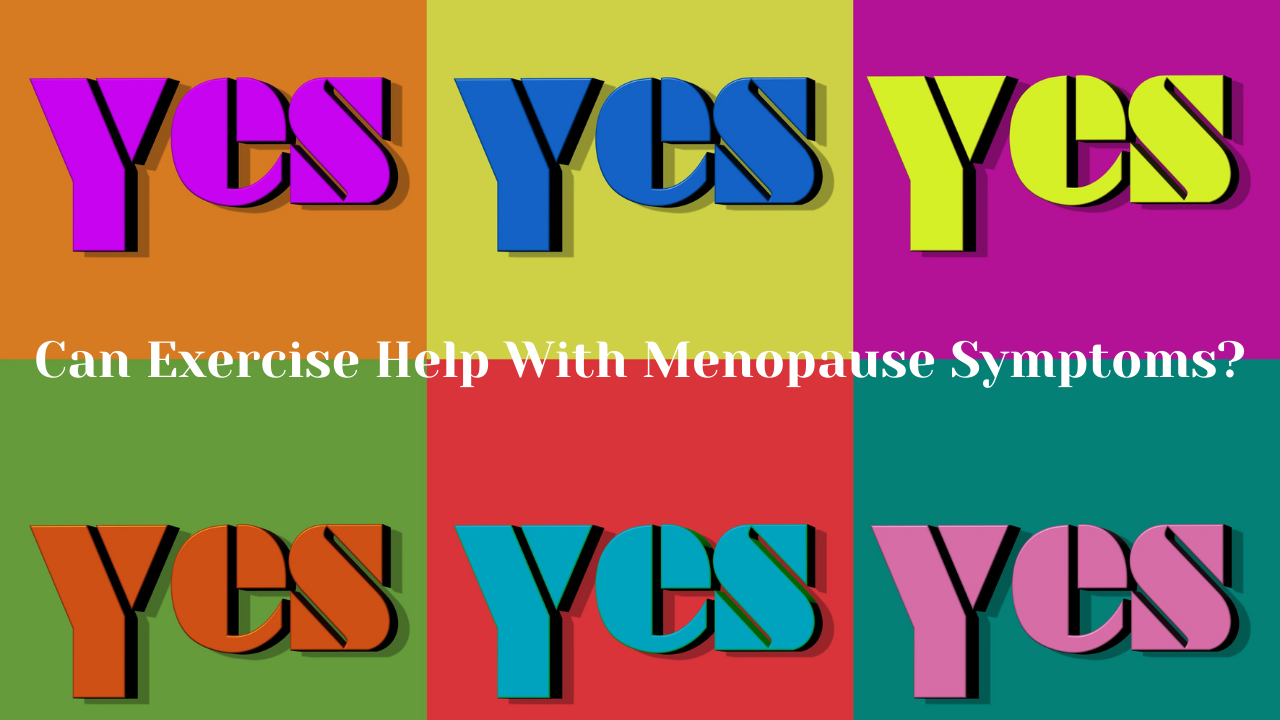Menopause Fitness Moment: Can Exercise Help With Menopause Symptoms?
May 15, 2020
The answer is an emphatic YES! Answering the extent to how much and what kind of exercise helps has been the focus of my work, and I’m constantly looking for new (and older) data on this topic. I recently came across a literature review by Stojanovska, et al. (2014). The authors combed through the literature to determine if exercise can help during menopause and beyond. The findings from this study are well-established by other research in the field and support what I see with my own clients in everyday life.
Duration and Frequency
The total time spent participating in regular physical activity has direct impacts on improvements in our mental and physical quality of life, as well as on our body composition and strength. Exercising a minimum of three times per week, for at least 12 weeks, shows the best results—especially in regards to body composition. Studies indicate that women who strength train regularly tend to have significantly lower body fat percentages. The amount of years also counts. I mentioned a 12-week minimum but the longer you incorporate resistance training into your regular routine, the better your results. Consistency is key. Make a habit out of it! Another factor is the duration of each exercise session. For example, cortisol is increased in workouts lasting more than 40 min (mind-body exercises do not have that effect). So if your goal is to keep cortisol in check, keep your workouts shorter, and focus on practicing more mindful workouts such as yoga.
Intensity
Intensity plays a big role in menopause symptom management because adding too much intensity could exacerbate certain symptoms while improving others. For vasomotor symptoms, such as hot flashes and night sweats, it appears that exercising at moderate intensity has the most benefits. Research indicates that women who exercised at moderate intensity every day were 49% less likely to report hot flashes. Moderate intensity refers to exercising at 50%-70% of your maximum heart rate. You can easily calculate yours by subtracting your age from 220 and then multiplying the range. I’m 46 so my maximum heart rate is 174 and my moderate-intensity range is 87 - 121 bpm.
In conclusion, the majority of research I’ve seen on this topic shows that women who are physically active during menopause have fewer menopause symptoms, better sleep, less depression, and less anxiety. Different types of exercise can have specific effects on individual symptoms and therefore, it is important to pay attention to what type of exercise shows the most benefits for you. Resistance training has proven to be a powerful ally for women transitioning through menopause and beyond, but it is not the only alternative. A lot of improvements can be achieved with low- to moderate-intensity activity such as walking and dancing. 👯💃 The most important part is to find an activity that works for you and start today.



